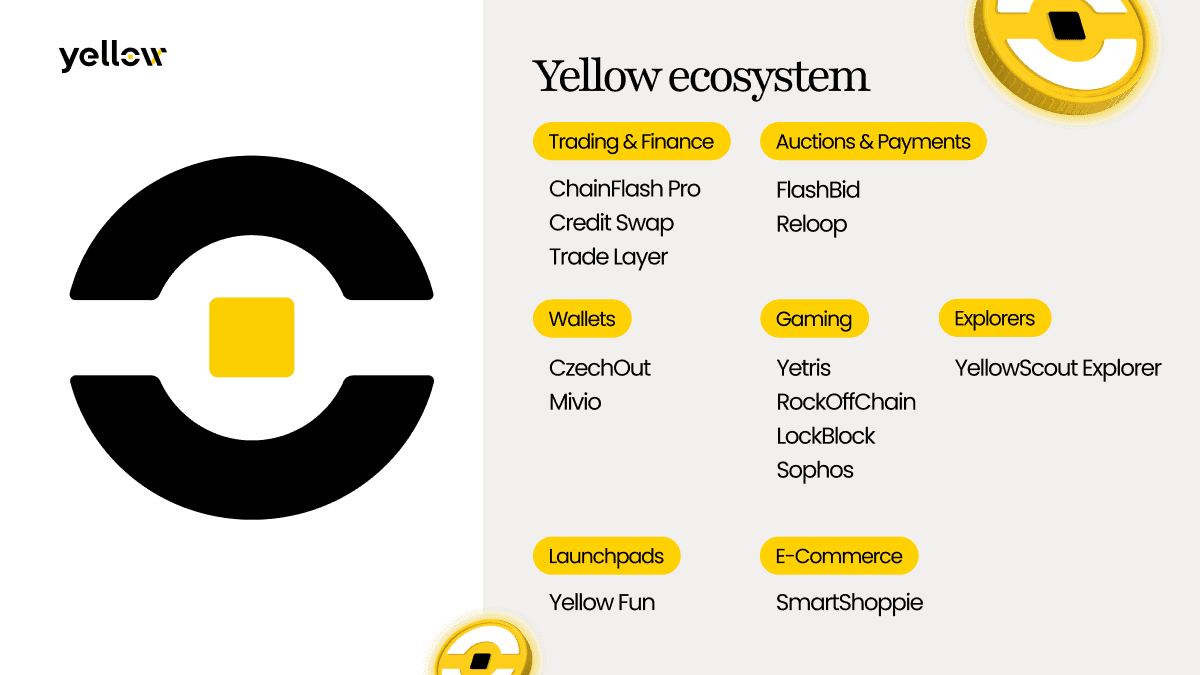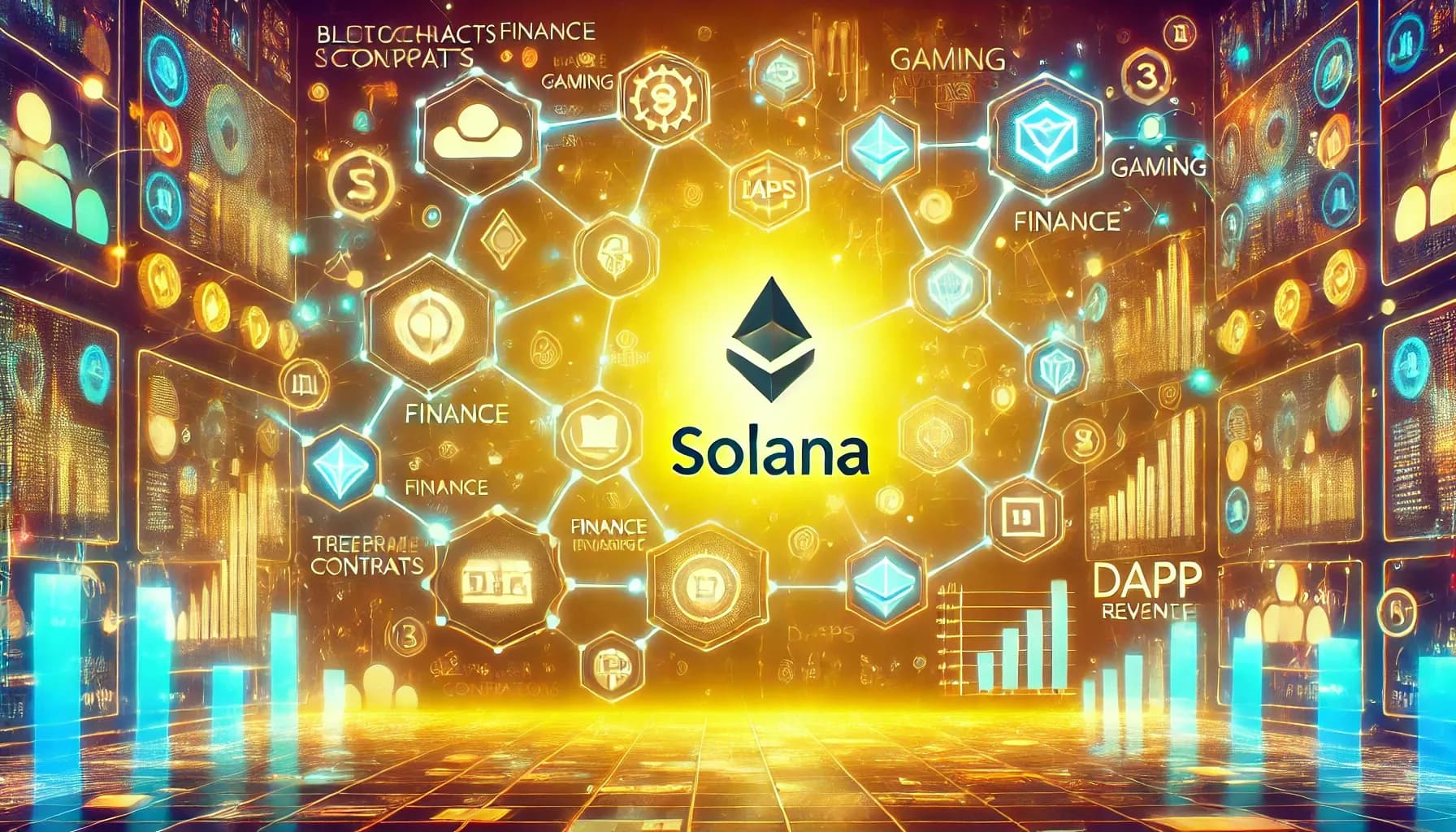$1 Million
GOAL
REACHEDPUBLIC
SALE
SOLD OUT






Latest Web3 News and Insights | Yellow.com
Trust Yellow.com for the latest and most reliable Web3 news and insights. Stay informed with accurate updates, expert analyses, and comprehensive articles on Web3 trends and market movements.







